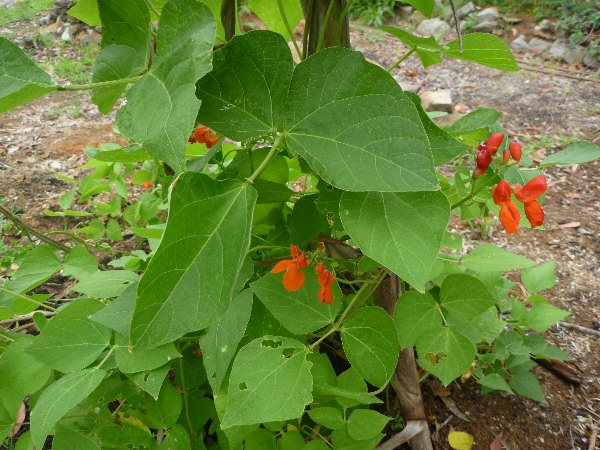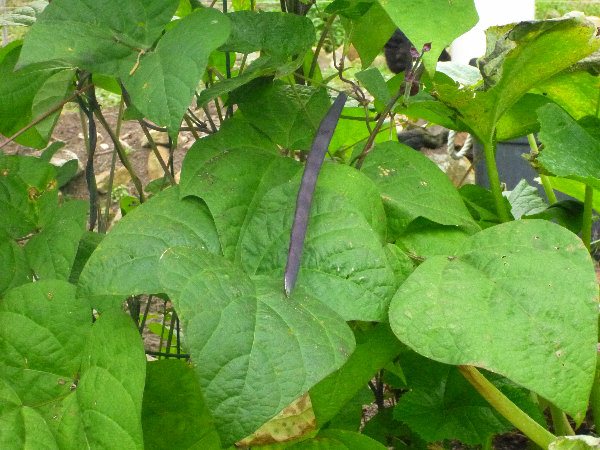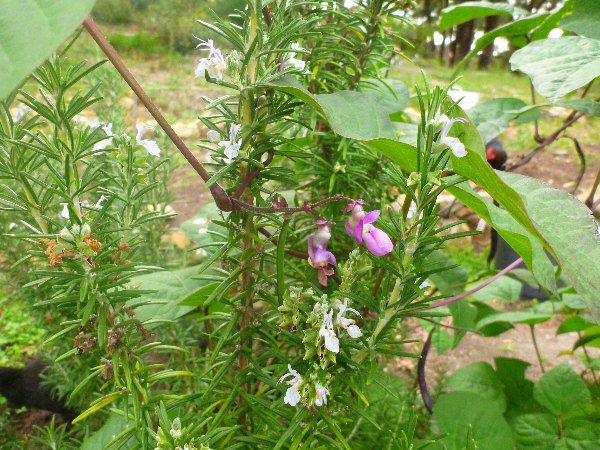Array
(
[0] => Array
(
[id] => 9
[is_published] => 1
[websiteID] => 5
[url] => /landscaping/plants-for-your-garden.php
[page_status] => Published
[number_of_ads] => 2
[can_use_editor] => 1
[last_modified_date] => 2013-09-10 00:00:00
[last_modified_by] => Alan
[checked_for_duplicate_content] =>
[title] => Selecting plants for your garden
[heading] => Selecting plants for your garden
[meta_description] => This article describes how you can best select plants for your garden.
[article_category_1] => Landscaping
[article_category_2] =>
[article_category_3] =>
[article_category_4] =>
[article_category_5] =>
[business_category_1] => Landscaper
[business_category_2] => Nursery
[business_category_3] => Garden Designer
[business_category_4] => Landscape Architect
[business_category_5] =>
[number_of_google_mrecs] => 0
[show_google_ad_bottom_of_page] => 1
[show_get_quotes_top_of_page] => 1
[show_get_quotes_rhs_of_page] => 1
[show_directory_search_widget] => 1
[show_trending_content_widget] => 0
[show_facebook_widget] => 0
[show_further_reading_section] => 1
[show_sponsors_section] => 0
[show_top_article_ad] => 1
)
[1] => Array
(
[id] => 199
[is_published] => 1
[websiteID] => 5
[url] => /gardening/gymea-lilies.php
[page_status] => Published
[number_of_ads] => 5
[can_use_editor] => 1
[last_modified_date] => 2013-09-16 00:00:00
[last_modified_by] => Alan
[checked_for_duplicate_content] =>
[title] => Gymea Lilies - Doryanthes excelsa
[heading] => Gymea Lilies - Doryanthes excelsa
[meta_description] => Everything about the Gymea lily (Doryanthes excelsa) is larger than life. The bold foliage can reach over four metres in height and some majestic flower stems can reach over ten metres tall.
[article_category_1] => Gardening
[article_category_2] =>
[article_category_3] =>
[article_category_4] =>
[article_category_5] =>
[business_category_1] => Landscaper
[business_category_2] => Nursery
[business_category_3] => Garden Designer
[business_category_4] => Landscape Architect
[business_category_5] =>
[number_of_google_mrecs] =>
[show_google_ad_bottom_of_page] =>
[show_get_quotes_top_of_page] =>
[show_get_quotes_rhs_of_page] =>
[show_directory_search_widget] =>
[show_trending_content_widget] =>
[show_facebook_widget] =>
[show_further_reading_section] => 1
[show_sponsors_section] => 0
[show_top_article_ad] => 1
)
[2] => Array
(
[id] => 191
[is_published] => 1
[websiteID] => 5
[url] => /gardening/best-natives-for-pots-and-small-gardens.php
[page_status] => Published
[number_of_ads] => 5
[can_use_editor] => 1
[last_modified_date] => 2013-09-16 00:00:00
[last_modified_by] => Alan
[checked_for_duplicate_content] =>
[title] => Best Australian natives for pots & small gardens
[heading] => Best Australian natives for pots & small gardens
[meta_description] => The trend towards smaller gardens has inspired the plant lovers in the nursery industry to respond with an ever-increasing range of Australian plants that will delight those who want to attract birds and butterflies and bring a little bit of the bush onto their balconies. From banksias to bottlebrush there are plants that will add colour and texture to provide year round interest.
[article_category_1] => Gardening
[article_category_2] =>
[article_category_3] =>
[article_category_4] =>
[article_category_5] =>
[business_category_1] => Landscaper
[business_category_2] => Nursery
[business_category_3] => Garden Designer
[business_category_4] => Landscape Architect
[business_category_5] =>
[number_of_google_mrecs] =>
[show_google_ad_bottom_of_page] =>
[show_get_quotes_top_of_page] =>
[show_get_quotes_rhs_of_page] =>
[show_directory_search_widget] =>
[show_trending_content_widget] =>
[show_facebook_widget] =>
[show_further_reading_section] => 1
[show_sponsors_section] => 0
[show_top_article_ad] => 1
)
[3] => Array
(
[id] => 410
[is_published] => 1
[websiteID] => 5
[url] => /articles/external-privacy-screens.php
[page_status] => Published
[number_of_ads] => 2
[can_use_editor] => 1
[last_modified_date] => 2013-09-10 00:00:00
[last_modified_by] => Alan
[checked_for_duplicate_content] =>
[title] => External privacy screens
[heading] => External privacy screens
[meta_description] => External privacy screens began to appear in Australian residential and commercial building during the 1950's and 1960's, as a direct result of high density living and higher incomes. For more information and some examples read this article.
[article_category_1] => Landscaping
[article_category_2] =>
[article_category_3] =>
[article_category_4] =>
[article_category_5] =>
[business_category_1] => Landscaper
[business_category_2] => Nursery
[business_category_3] => Garden Designer
[business_category_4] => Landscape Architect
[business_category_5] =>
[number_of_google_mrecs] => 1
[show_google_ad_bottom_of_page] => 1
[show_get_quotes_top_of_page] => 1
[show_get_quotes_rhs_of_page] => 1
[show_directory_search_widget] => 1
[show_trending_content_widget] => 1
[show_facebook_widget] => 1
[show_further_reading_section] => 1
[show_sponsors_section] => 1
[show_top_article_ad] => 1
)
)
Helpful articles
Selecting plants for your garden. This article describes how you can best select plants for your garden.
Gymea Lilies - Doryanthes excelsa. Everything about the Gymea lily (Doryanthes excelsa) is larger than life. The bold foliage can reach over four metres in height and some majestic flower stems can reach over ten metres tall.
Best Australian natives for pots & small gardens. The trend towards smaller gardens has inspired the plant lovers in the nursery industry to respond with an ever-increasing range of Australian plants that will delight those who want to attract birds and butterflies and bring a little bit of the bush onto their balconies. From banksias to bottlebrush there are plants that will add colour and texture to provide year round interest.
External privacy screens. External privacy screens began to appear in Australian residential and commercial building during the 1950's and 1960's, as a direct result of high density living and higher incomes. For more information and some examples read this article.
Plant description
There are many different varieties of common beans but they all share in common a succulent seed pod that splits down two sides and flowers that are characteristic of the pea family that have several distinct petal types, namely wings standard and keel petals. Beans are legumes which means they have the ability to fix atmospheric nitrogen in their roots and convert it to a form the plant can use as fertiliser, making them easy plants to grow in the garden. They are one of the easiest of all vegetables to grow and simply need a sunny spot, reasonably well drained soil of moderate fertility. Plants generally start to produce beans after a couple of months and they should be picked before the seeds start to swell inside the pods.
Additional plant information
Flowers
Flower colour: red
Flowering season: spring summer
Plant size
Maximum height: 0.5 metres
Minimum height: 0.4 metres
Maximum width: 0.4 metres
Minimum width: 0.3 metres
Sunlight, frost & salt tolerance
This plant will tolerate full or partial sunlight.
Light frost tolerance.
Plant is not salt tolerant.
Fauna attracting?
Yes. Attracts: No.
Climate
This plant species will grow in the following climates: cool, temperate, subtropical.
Soil types & conditions
Loam: moist, well-drained.
Clay: moist, well-drained.
Sand: moist, well-drained.
Soil pH: 5.5-6.5
Pests
two spotted mites, aphids
Miscellaneous information
Planting season: spring.
Types of fertiliser: General purpose.
Find a nursery
Search for another plant



